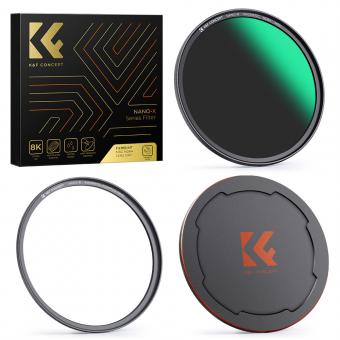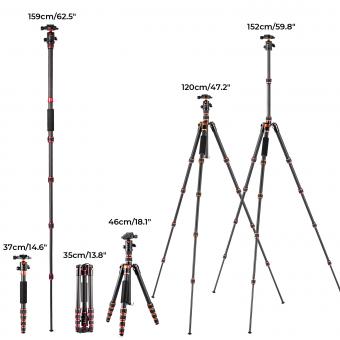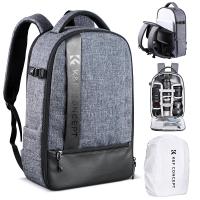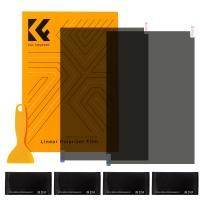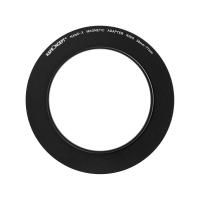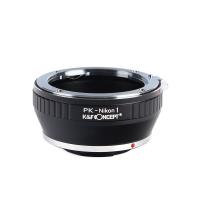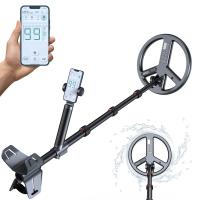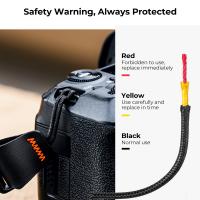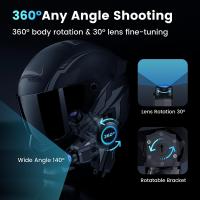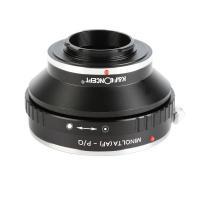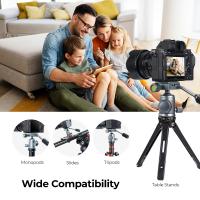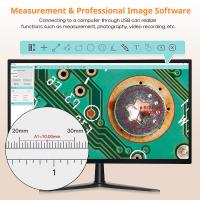How To Film Overhead Shots ?
To film overhead shots, you can use various techniques and equipment depending on your specific needs and budget. One common method is to use a camera crane or jib, which allows you to extend the camera above the subject. Another option is to use a drone equipped with a camera, which can provide versatile and dynamic overhead shots. If you don't have access to specialized equipment, you can also try mounting your camera on a tripod and extending it as high as possible. Additionally, you can experiment with using a ladder or scaffolding to achieve an overhead perspective. Remember to ensure the safety of your equipment and the people involved when attempting overhead shots.
1、 Camera positioning and angle for overhead shots in film.
To film overhead shots, there are a few key factors to consider: camera positioning and angle. These elements play a crucial role in capturing the desired perspective and creating visually appealing shots.
Firstly, camera positioning is essential for achieving overhead shots. One common method is to use a camera crane or jib. This allows the camera to be elevated and move smoothly, providing a bird's-eye view of the scene. Another option is to use a drone equipped with a camera, which offers flexibility and the ability to capture dynamic overhead shots from various heights and angles. Additionally, if a crane or drone is not available, you can position the camera on a high platform or mount it on a tripod with an extended arm to achieve a similar effect.
Secondly, the angle of the camera is crucial for capturing effective overhead shots. The camera should be positioned directly above the subject or scene to achieve a true overhead perspective. This angle provides a unique viewpoint that can emphasize patterns, shapes, and movement in a visually striking way. However, it's important to consider the composition and framing of the shot to ensure that the subject is clearly visible and the shot is aesthetically pleasing.
Lastly, it's worth mentioning the latest point of view in filming overhead shots: the use of remote-controlled cameras. These cameras can be mounted on a ceiling or suspended from above, allowing for precise control and movement. This technology offers filmmakers more flexibility and creativity in capturing overhead shots.
In conclusion, achieving effective overhead shots in film requires careful consideration of camera positioning and angle. Whether using a camera crane, drone, high platform, or remote-controlled camera, it's important to experiment with different techniques to capture unique and visually appealing perspectives.
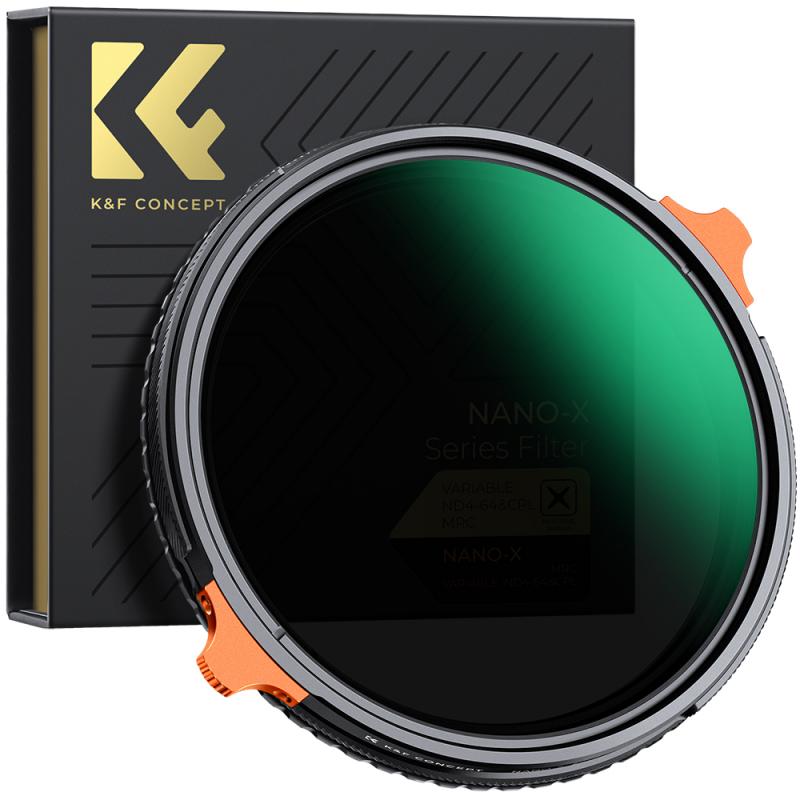
2、 Equipment and techniques for capturing dynamic overhead shots.
To film overhead shots, you will need the right equipment and techniques to capture dynamic footage. Here are some tips to help you achieve this:
1. Equipment: Invest in a sturdy tripod with a boom arm or an overhead camera rig. This will allow you to position the camera directly above the subject. Make sure the tripod is stable and can support the weight of your camera.
2. Camera: Use a camera with a flip-out screen or a remote viewing device to monitor the shot while it's being captured. This will help you frame the shot accurately and make adjustments as needed.
3. Lighting: Ensure proper lighting for your overhead shot. Use diffused lighting to avoid harsh shadows and create an even illumination. Consider using a softbox or a diffuser to achieve this.
4. Composition: Plan your shot carefully. Consider the placement of the subject and any props or elements that will be in the frame. Experiment with different angles and heights to find the most visually appealing composition.
5. Movement: Add movement to your overhead shots to make them more dynamic. Use a motorized slider or a jib arm to create smooth camera movements. This can add a cinematic touch to your footage.
6. Editing: In post-production, you can enhance your overhead shots by adjusting the color grading, adding transitions, or incorporating motion graphics. This will help create a polished and professional final product.
With the latest advancements in technology, you can also consider using drones equipped with cameras to capture overhead shots. Drones offer a unique perspective and can be particularly useful for outdoor or large-scale shots.
Remember, practice makes perfect. Experiment with different techniques and equipment to find what works best for your specific project.
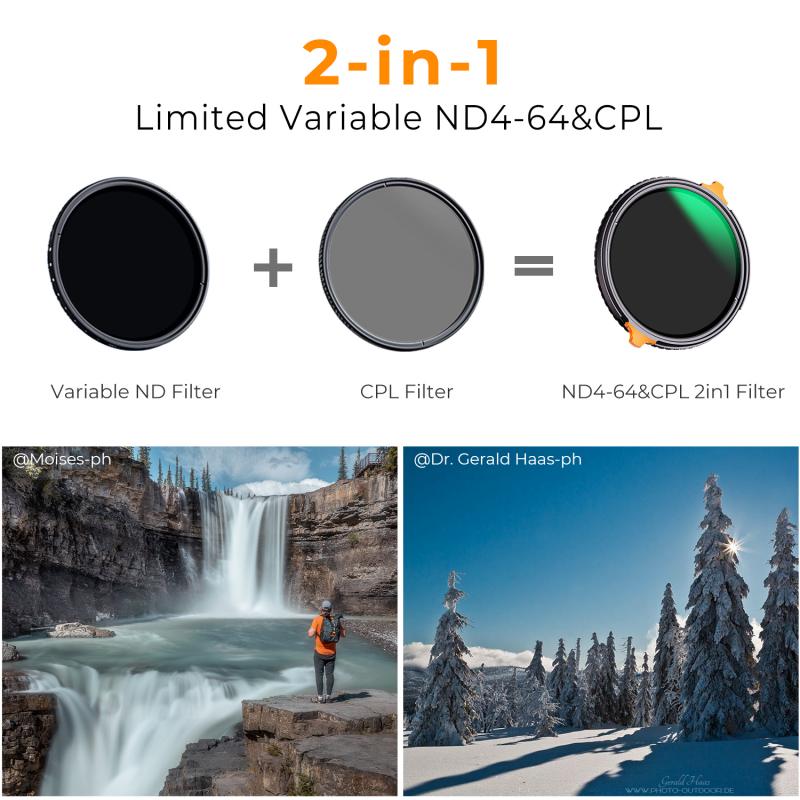
3、 Creative uses of overhead shots in film storytelling.
To film overhead shots, there are a few techniques and equipment options you can consider. Here's a step-by-step guide on how to achieve effective overhead shots:
1. Choose the right equipment: Depending on your budget and the complexity of the shot, you can use a drone, a jib or crane, or even a simple ladder or elevated platform. Drones are becoming increasingly popular due to their affordability and versatility.
2. Plan your shot: Determine the purpose of the overhead shot in your storytelling. Is it to establish a location, reveal a hidden detail, or create a sense of detachment? Understanding the narrative intention will help you frame the shot effectively.
3. Set up your equipment: Ensure that your camera is securely mounted on the chosen equipment. If using a drone, familiarize yourself with the controls and safety guidelines. If using a jib or crane, make sure it is stable and can support the weight of your camera.
4. Frame your shot: Consider the composition and framing of your overhead shot. Experiment with different angles and heights to find the most visually appealing and storytelling-oriented perspective.
5. Execute the shot: Once everything is set up, carefully maneuver your equipment to capture the desired overhead shot. Pay attention to camera movement, speed, and any additional elements that can enhance the storytelling, such as lighting or props.
Creative uses of overhead shots in film storytelling can add depth and visual interest to your narrative. They can be used to:
- Reveal hidden information: An overhead shot can expose details that are not immediately visible to the characters or audience, creating suspense or surprise.
- Show patterns or symmetry: Overhead shots can highlight patterns, shapes, or symmetrical compositions, adding a visually pleasing element to your storytelling.
- Depict isolation or vulnerability: By positioning the camera directly above a character, you can create a sense of detachment or vulnerability, emphasizing their emotional state or physical isolation.
- Establish a location: Overhead shots can provide a bird's-eye view of a setting, giving the audience a sense of scale and context.
- Enhance action sequences: Overhead shots can capture dynamic movement, such as chase scenes or fight sequences, providing a unique perspective and enhancing the excitement.
In recent years, advancements in technology have made overhead shots more accessible and affordable. Drones, in particular, have revolutionized the way filmmakers approach aerial shots, allowing for greater creativity and flexibility. However, it's important to ensure that you comply with local regulations and safety guidelines when using drones.
Overall, overhead shots can be a powerful tool in film storytelling, offering unique perspectives and enhancing the visual impact of your narrative.

4、 Lighting considerations for filming overhead shots.
To film overhead shots effectively, there are a few key considerations to keep in mind. These include camera positioning, stability, lighting, and composition.
Firstly, camera positioning is crucial for capturing the desired overhead shot. You can achieve this by using a tripod with a boom arm or by mounting the camera on a ceiling rig. Ensure that the camera is securely fastened and stable to avoid any unwanted movement or vibrations.
Next, lighting plays a significant role in filming overhead shots. It is essential to have even and adequate lighting to avoid shadows or uneven exposure. Consider using diffused lighting sources to minimize harsh shadows. Additionally, using adjustable lights or reflectors can help control the intensity and direction of the light, ensuring that the subject is well-lit and visually appealing.
Composition is another important aspect to consider. When filming overhead shots, it is crucial to carefully plan the framing and positioning of the subject. Ensure that the subject is centered and that the shot captures the desired elements in the frame. Experiment with different angles and perspectives to add visual interest to the shot.
Lastly, it is worth mentioning the latest point of view when it comes to filming overhead shots. With the advancements in technology, drones have become increasingly popular for capturing overhead shots. Drones offer a unique perspective and allow for more dynamic and versatile shots. However, it is important to familiarize yourself with local regulations and guidelines for drone usage to ensure safety and legality.
In conclusion, filming overhead shots requires careful consideration of camera positioning, stability, lighting, and composition. By paying attention to these factors, you can capture visually stunning and engaging overhead shots.




